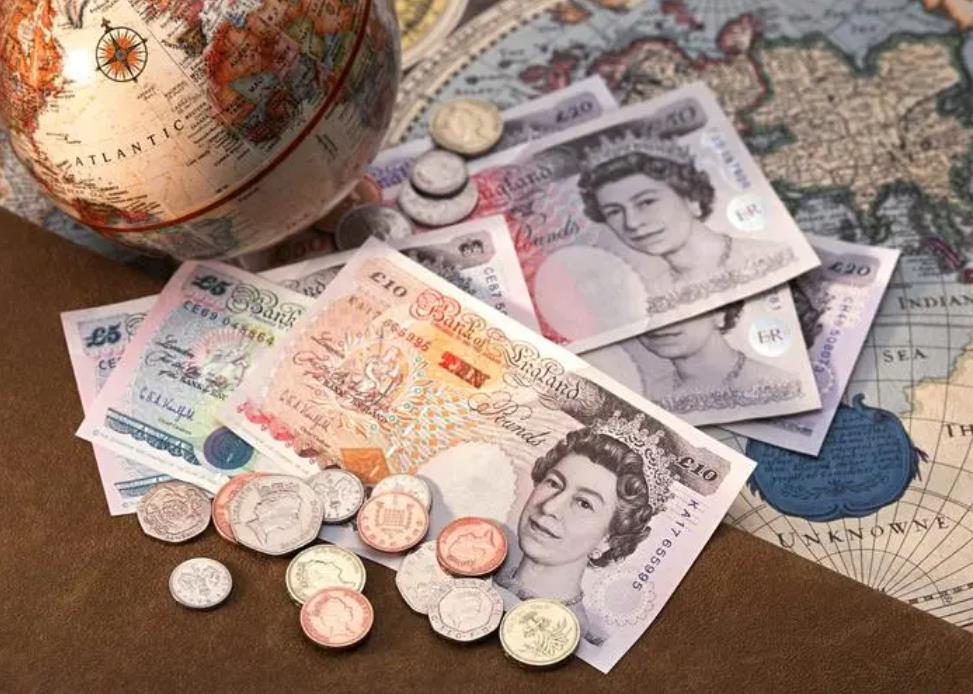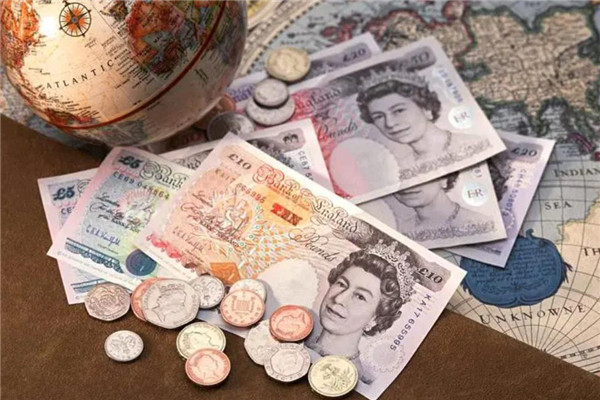Currency swap is a commonly used debt hedging tool that is mainly used to
control medium- and long-term Foreign exchange risk by converting debt or assets
denominated in one foreign exchange into debt or assets denominated in another
foreign exchange so as to avoid Foreign exchange risk and reduce costs. Early
"parallel loans" and "back-to-back loans" had similar functions. However,
whether it is a "parallel loan" or a "back-to-back loan", it still belongs to
loan behavior, and new assets and liabilities will be generated on the balance
sheet. As an off-balance-sheet business, currency swaps can achieve the same
goal without affecting the balance sheet.

Currency swap refers to the exchange of different currencies of a certain
amount between two parties within a certain period of time, in accordance with
pre-agreed conditions and interest rates, and the exchange is carried out again
at the agreed time. Currency swaps have the following main functions and
effects:
1 risk management
Currency swaps can help businesses or financial institutions manage foreign
exchange risks. By exchanging one currency for another, risks caused by exchange
rate fluctuations can be reduced and economic interests protected. Especially
for multinational enterprises or cross-border transactions, currency swaps can
effectively avoid Foreign exchange risk.
2. Fund financing
Currency swaps promote the circulation of funds between different countries.
This exchange mechanism can meet the funding needs of enterprises or financial
institutions in different countries and provide more flexible financing
channels. Through currency swaps, funds can flow more conveniently to support
economic activities.
3. Reduce financing costs.
Currency swaps can reduce financing costs. When enterprises or financial
institutions raise funds in a certain country, if the cost of financing in that
country is high, they can use currency swap mechanisms to exchange that
country's currency into low-cost other currencies and then proceed with
financing. This can result in more competitive interest rates and lower
financing costs.
4. Dealing with liquidity risk
Currency swaps can help address liquidity risks. When enterprises or
financial institutions face funding shortages or payment pressures, they can use
currency swap mechanisms to obtain the required currency from other parties and
repay it at an appropriate time. This swap mechanism increases flexibility and
helps to address short-term liquidity issues.
In general, the main functions of currency swaps are to manage risks, promote
capital circulation, reduce financing costs, and deal with Liquidity risk. It
plays an important role in the international financial market, providing more
flexible and diverse financial tools and solutions for all parties.



























